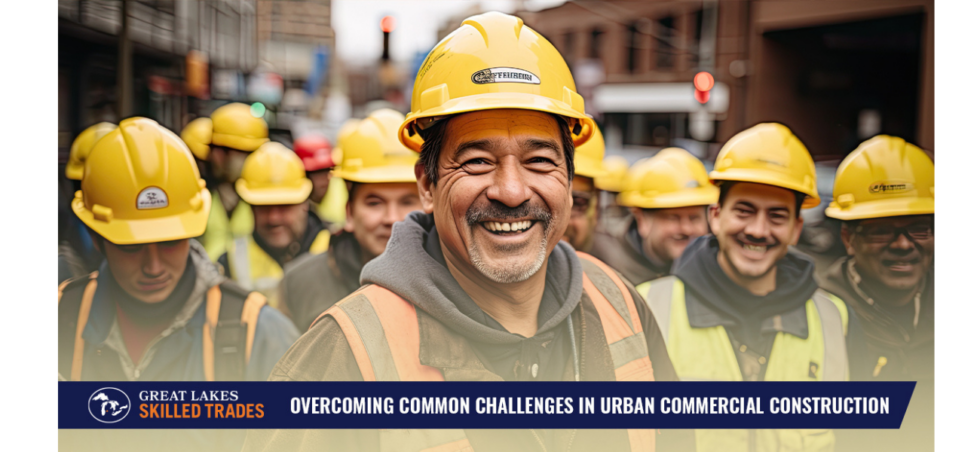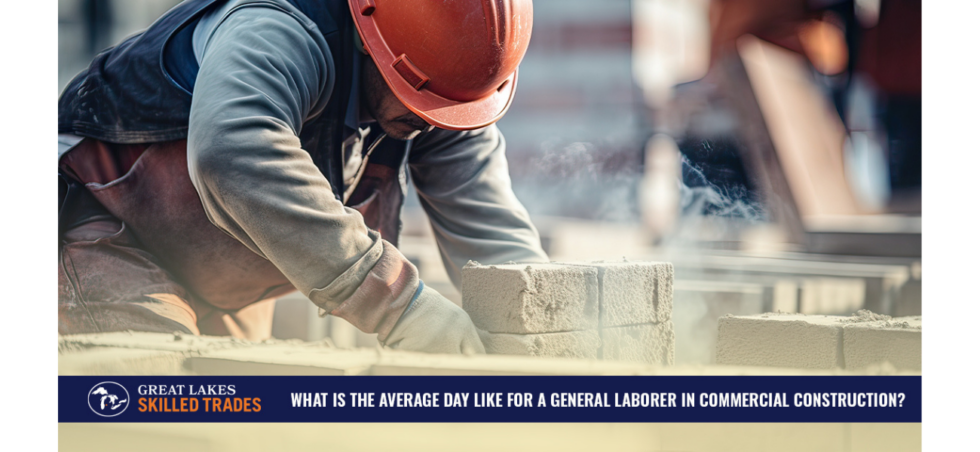Personal protective equipment, or PPE, is critical to ensure safety on a construction site. It’s generally provided by your employer (other than steel-toed boots) and protects you from various hazards that you are likely to encounter on a work site. Using PPE is non-negotiable, and failing to use it could get you fired. If you’re involved in a workplace incident and you weren’t using the provided PPE, your worker’s compensation claim could be denied. Here’s a look at some common types of PPE and when they are generally needed.
Hard Hat
Job sites are filled with hazards that could affect your head, from falling objects to construction debris. A hard hat is essential to protecting yourself from a concussion or worse. Hard hats are required by OSHA (the Occupational Safety and Health Administration) when warranted by site conditions.
Safety Glasses
Flying debris, chemical exposure, and fine dust in the air are just a few reasons you might need to wear safety glasses on a job site. You may also need a face shield, depending on the specific circumstances.
High-Visibility Clothing
On project sites where lighting conditions are low, or you are around vehicles and heavy equipment activity, high-visibility clothing is mandatory. Such clothing includes vests and t-shirts designed to maximize your visibility and reduce the risk of serious accidents.
Gloves
Workers regularly come into contact with materials that could cause hand injuries, from sharp sheet metal to different types of tools. Gloves are a work site essential, though the specific type you wear will depend on the project you are working on.
Ear Protection
Loud noises can permanently damage your hearing, so you will likely be given ear protection on many different types of work sites. If you are working with or near saws, jackhammers, or anything else that produces sounds at over 85 decibels, you should be wearing earplugs or protective earmuffs.
Face Mask or Respirator
A basic face mask can protect you against dust in the air, while harsher gasses or sprays typically require a heavier-duty respirator. Your employer should provide whatever type of breathing protection is warranted by the circumstances on your particular job site.
Steel-Toed Boots
This is the only PPE that you will likely be required to purchase yourself. But one good pair of steel-toed boots can last for many years. Think of them as a basic clothing item you should wear on any job site. They’ll protect your feet from the many, many hazards present on virtually every site.
Ready for a New Skilled Trade Position?
At Great Lakes Skilled Trades, we specialize in connecting professionals in the skilled trades with contractors who need their services throughout the Great Lakes region. If you’re a skilled trade worker looking for your next position, check out our available jobs today!









